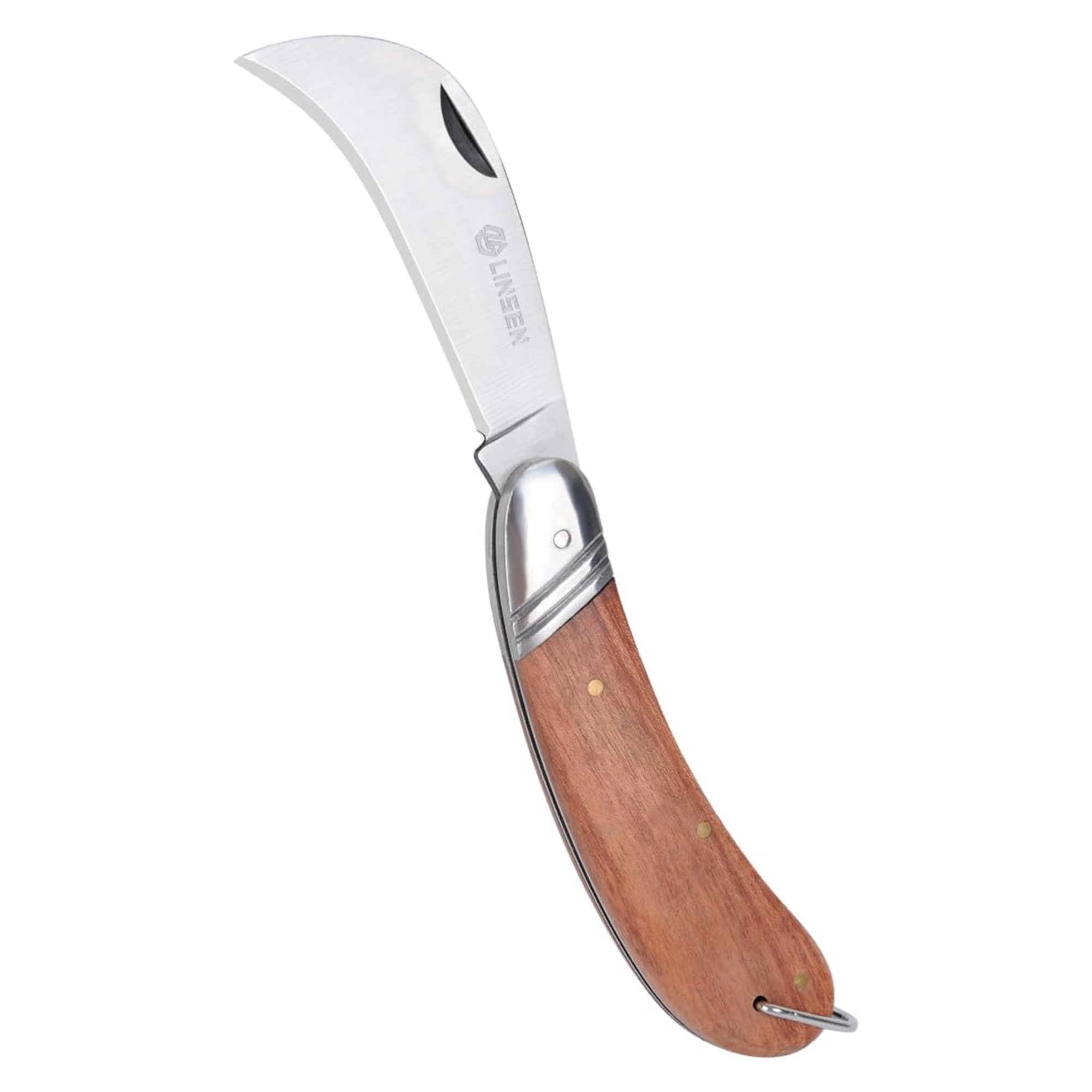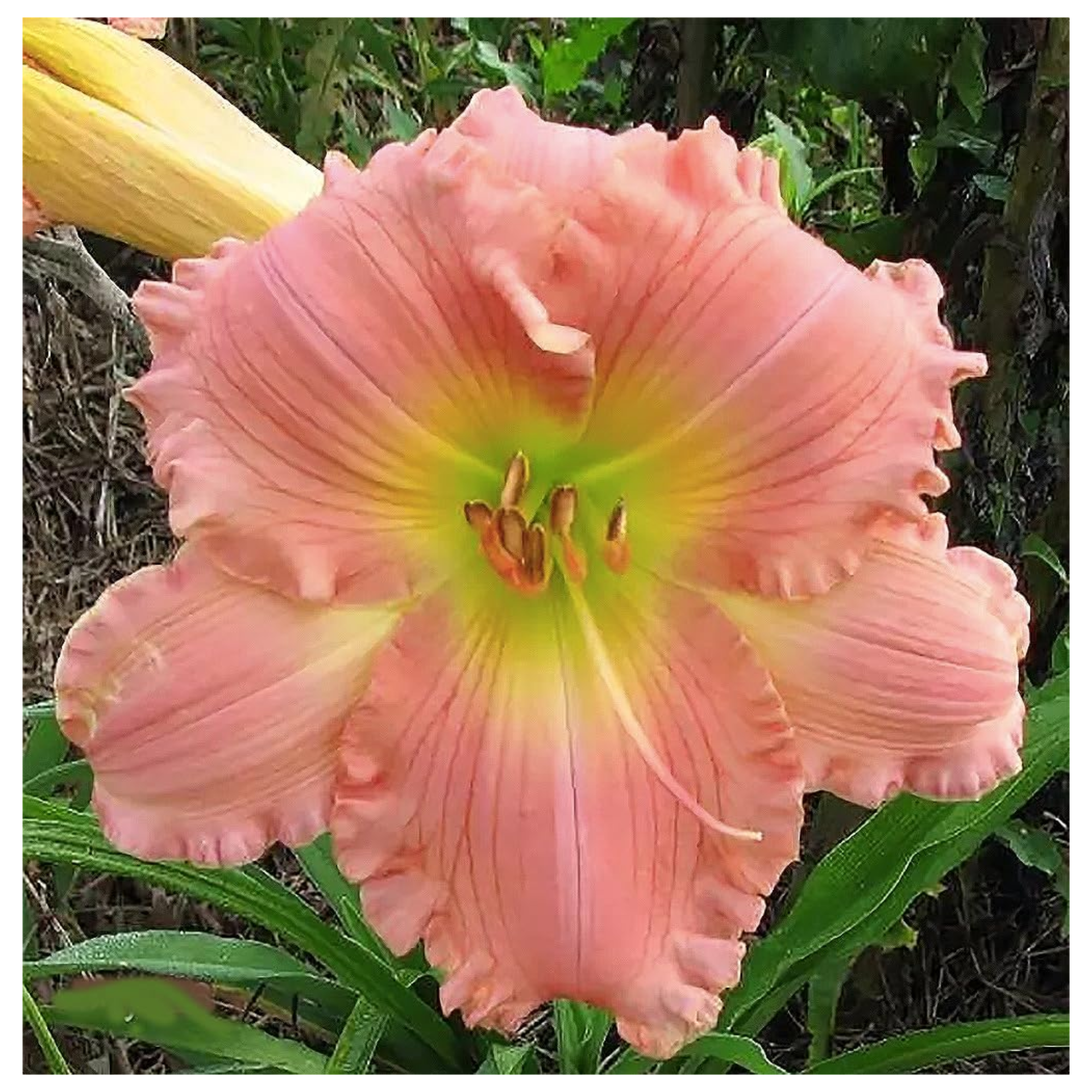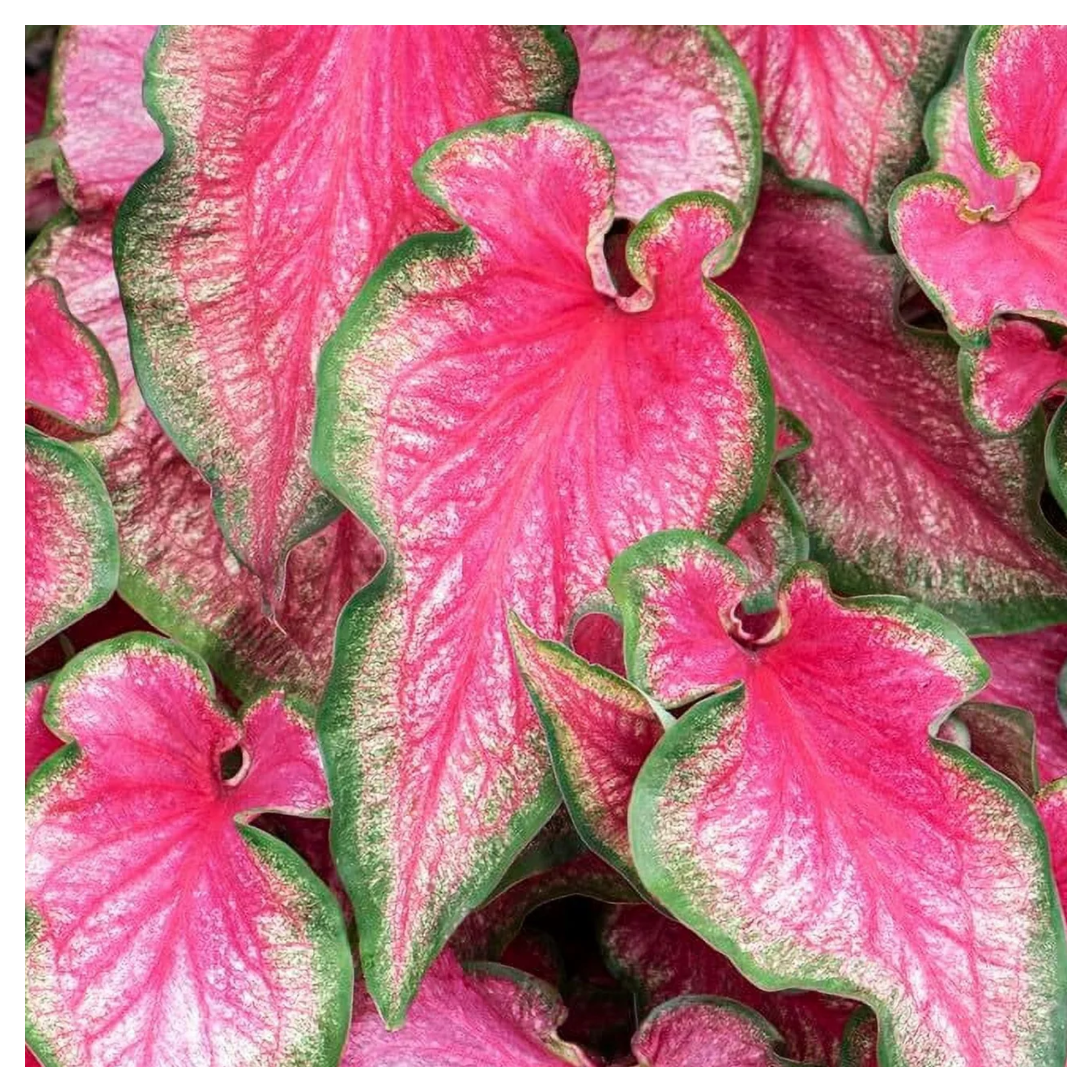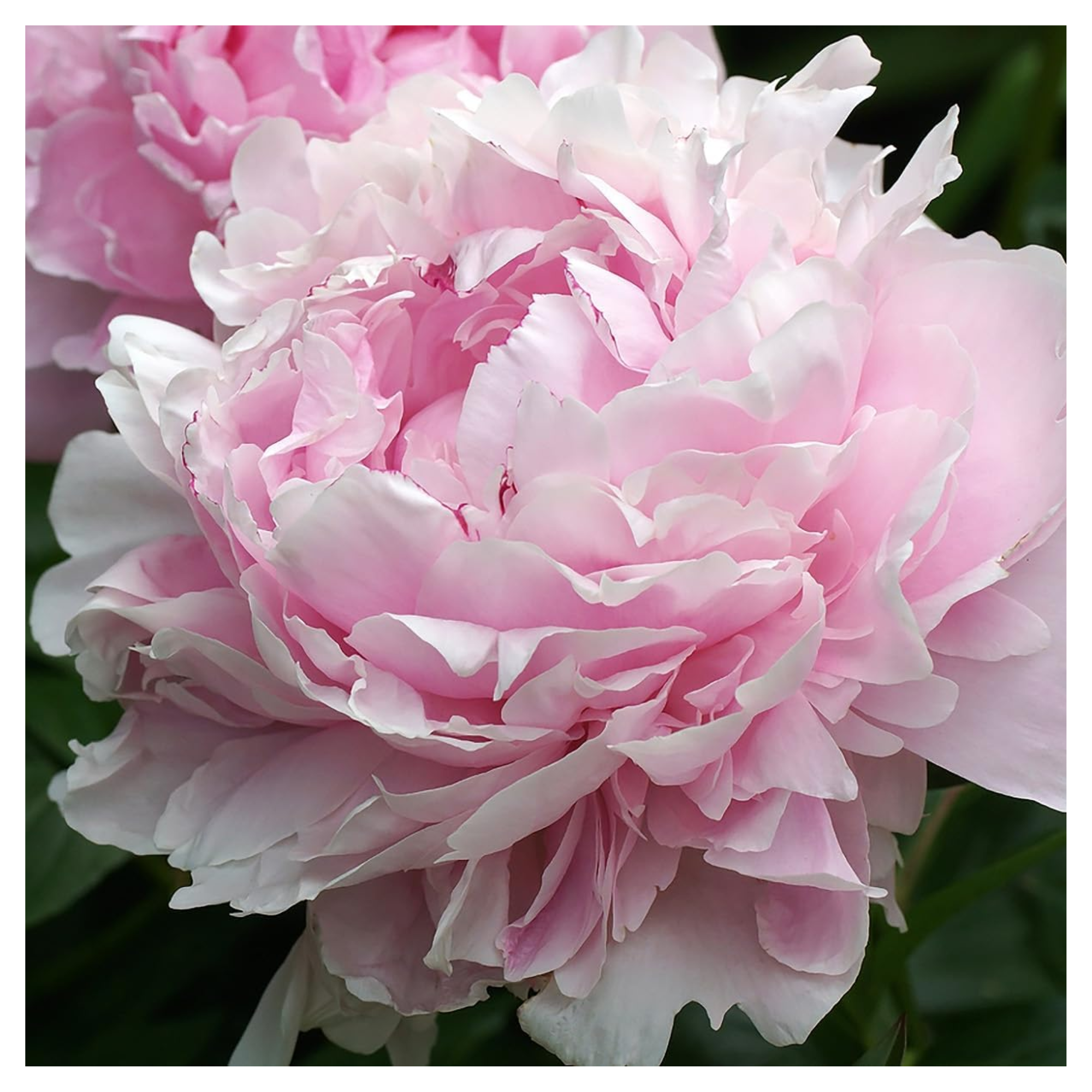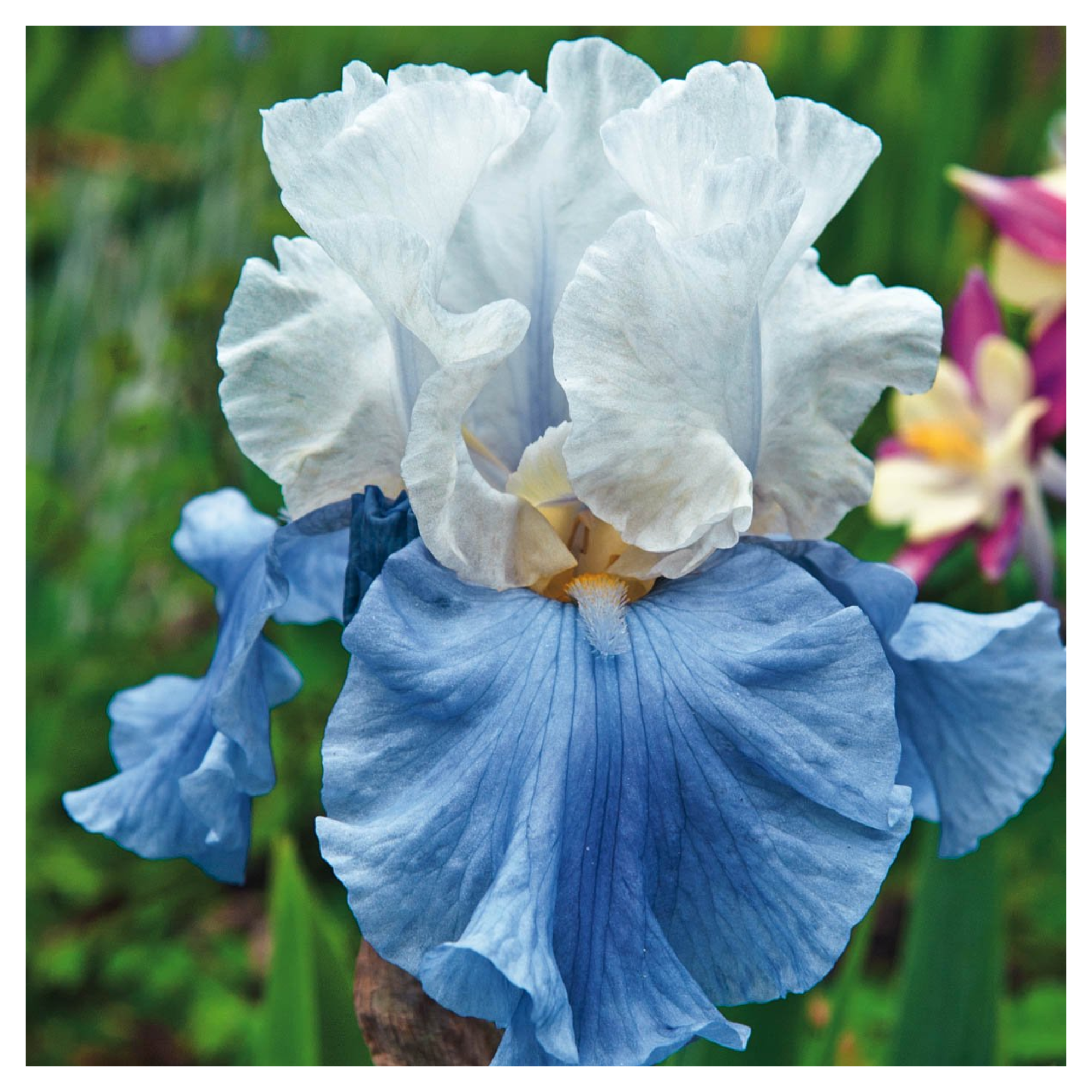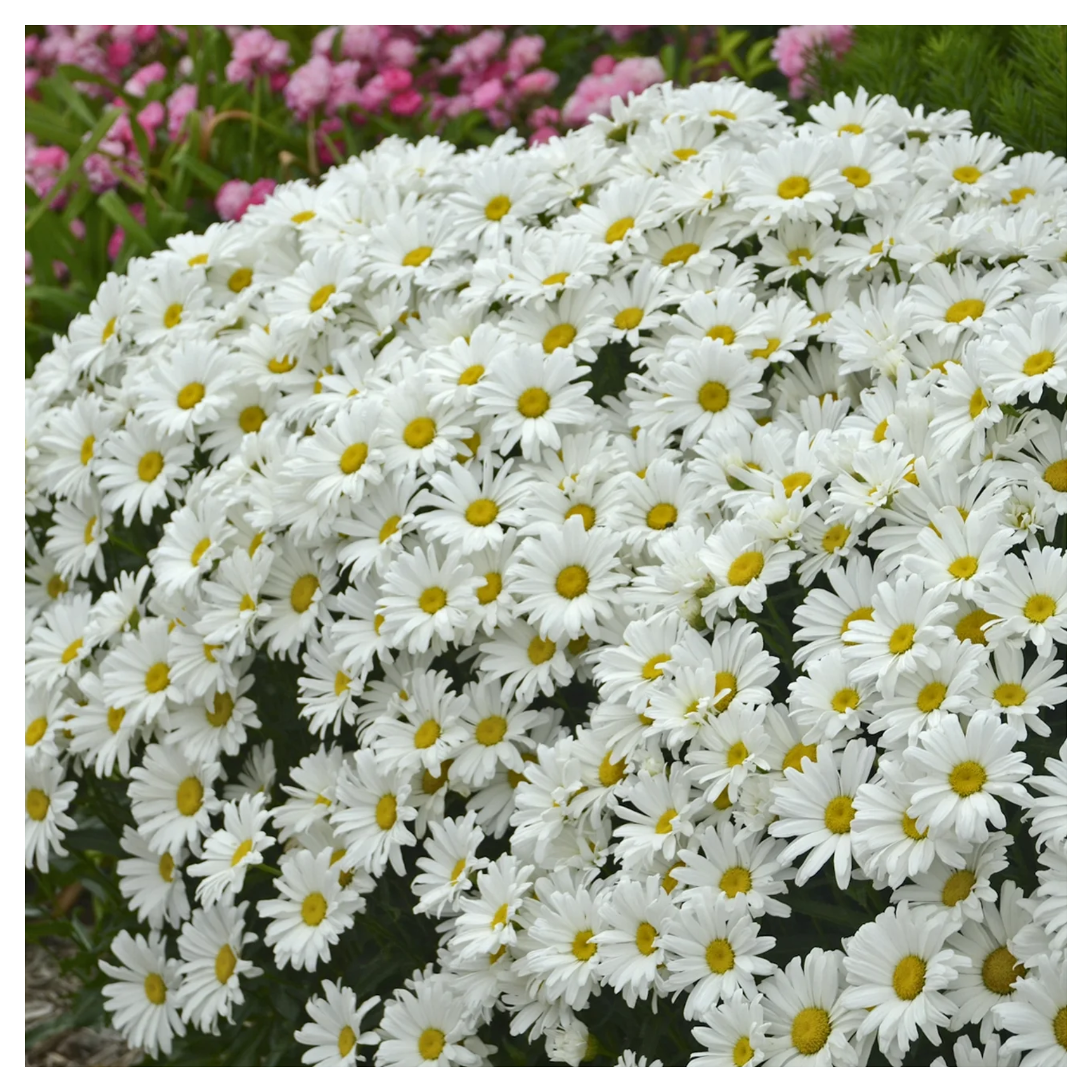7 Perennials You Can Divide in September to Double Your Plants for Spring (and Make Them Healthier, too)
Add this to your gardening tasks list and watch your yard bloom into next season
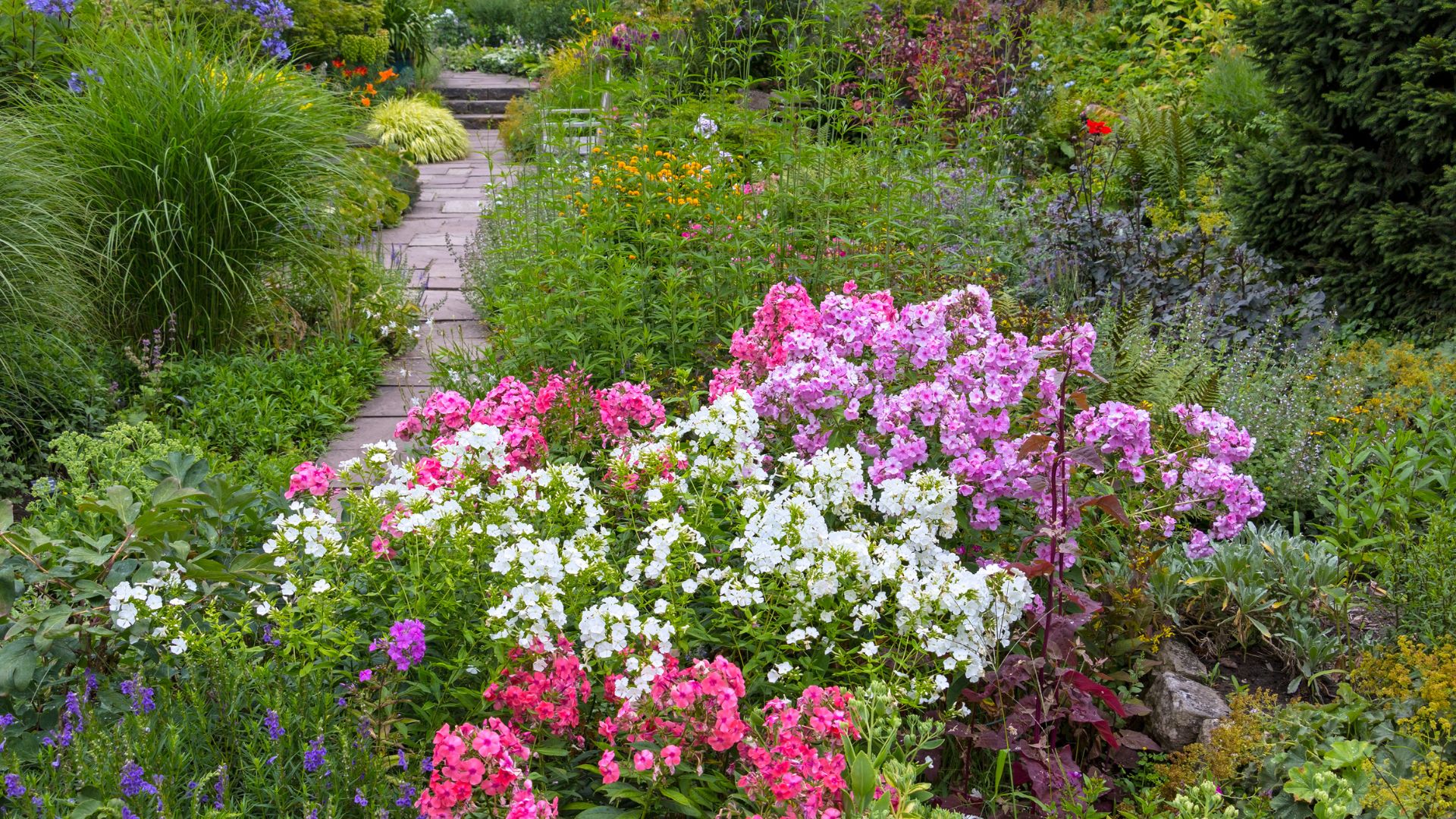

As we begin to make the conscious shift from outdoor to indoor living with the weather cooling down, it's important to make sure that you have your backyard prepared and ready for winter.
And after chatting with the experts, we've come to learn that fall is truly the best time of year to tend to expand your garden. They've told us that we should now be thinking of how to divide perennials and more importantly, which plants we need to focus on during this garden task.
So we've curated a list of the best perennials to divide now for a bigger, healthier garden next season. Sure, it'll take some time and effort but it'll lead to cultivating a garden that'll be the envy of your neighborhood. So why not give this task a go?
What You'll Need
Before we get into the plants that you should be dividing, we found some nifty gardening tools that will prove to be very useful this season.
Hori Hori knives are most commonly used for plant division, thanks to their dual efficient form, with one side that helps with gentle extraction and the other coming into action during the cutting process. Since these tools are made to serve this planting task, we find that their clever design will come in especially handy as you get through your autumnal list of gardening jobs.
Now that you've got your hands on your pruning tools, it's time to divide those perennials.
Here are 10 perennials you should divide in September — according to gardening professionals.
1. Daylilies

According to gardening expert Tony O'Neill, daylilies should be at the top of your list of perennials to divide this season. "Daylilies are robust and benefit from division every few years," he says. "Dividing them in September helps to reinvigorate the plants, ensuring vibrant blooms the following season."
These gorgeous flowers are one of the best heat-tolerant perennials to grow in your garden. So when they fall dormant in the fall, it's important to take advantage of their resting phase and get to dividing.
Hardiness Zones: 4-9

I'm Tony O'Neill, a gardening expert and best-selling author. I am an educator with a thriving YouTube channel that has 426,000 subscribers and receives over 1.4 million monthly views. Through my award-winning website, simplifygardening.com, I share my passion for gardening and sustainability. I've authored books including "Composting Masterclass," "Your First Vegetable Garden," and "Simplify Vegetable Gardening," empowering individuals to cultivate their own green spaces.
2. Hostas
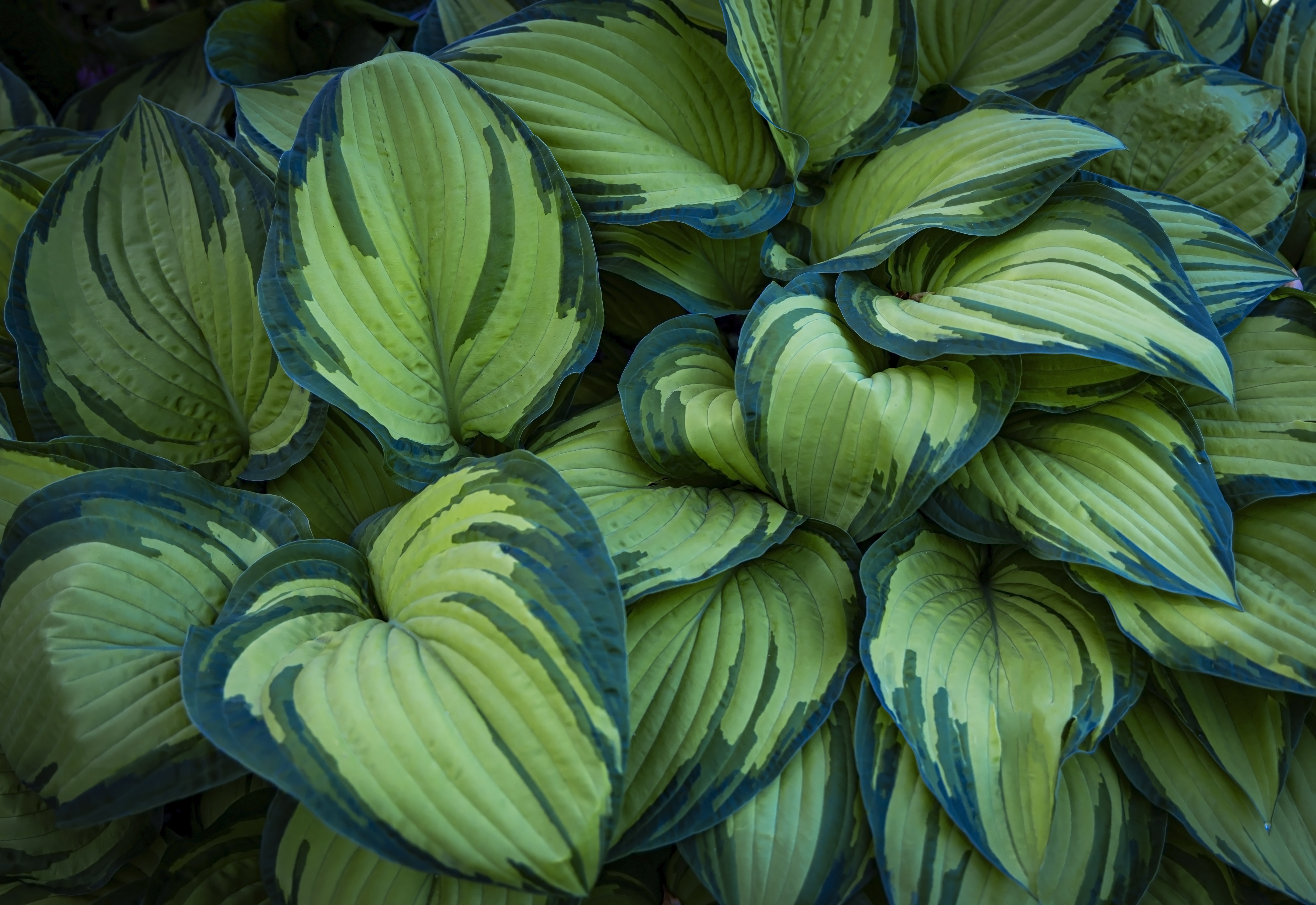
According to Tony, dividing perennials in the fall gives the plants time to establish their roots before the winter and ensures they are ready to thrive when spring arrives. Additionally, since hostas are one of the best plants for a tranquil patio, dividing them gives you the perfect chance to spread their beauty.
While these plants can be divided fairly regularly, Tony tells us that September is the ideal time to tackle this task. This is because he finds that come fall, it's easier to identify where the plant will naturally separate.
Hardiness Zones: 3-9
3. Peonies

Peonies are probably one of my favorite flowers at the moment. And what better way to bring these blooms home year-round than to grow them in your own home? Now if you're ahead of the game and already have these stunning flowers in your garden, consider peony care in the form of perennial division.
"While peonies are typically known for being divided in the fall, September is an ideal time because it allows the roots to be established before the ground freezes," says Tony. "This ensures that they will bloom beautifully next spring."
Hardiness Zones: 3-8
4. Irises

Irises are a popular garden bloom and we totally get why. Their intriguing bearded silhouette couples with the dainty hues that often blanket their petals make them a charming choice. Even Ina Garten's layered backyard fashions these beautiful blooms and if you want to keep them growing for seasons to come, Tony recommends dividing them this fall.
"Dividing irises in September helps prevent overcrowding, which can lead to fewer blooms and an increased risk of disease," he explains. "I've found that bearded irises, in particular, benefit from fall division."
Hardiness Zones: 5-9
5. Sedum (Stonecrop)

In conversation with Tony, he points out that stonecrops, also known as sedums are low-maintenance plants that can easily be divided in September. He finds that dividing them keeps the clumps from becoming too dense, which encourages better air circulation and more vigorous growth.
This hardy crop is one of the top plants that grows in poor soil, and that's all the more reason to make the most of their ability to be separated for doubled blooms. Landscape designer John Haryasz also agrees that fall is ideal for flower division and tells us that dividing perennials is like giving plants a new lease of life. "In this manner, the existing vegetation is extended horizontally rather than vertically," he says. "And this way there will be fresh growth from each plant as enough space and nutrients will be available for all."
Hardiness Zones: 3-11
6. Shasta Daisies

One of the most whimsical trends to come out of the gardening world this year is the concept of fairy-tale garden ideas for children. And what's a storybook backyard without a patch of flowering daisies? These dainty flowers are easy to grow and lovely to gaze at, plus they are prime candidates for perennial division.
Tony tells us that shasta daisies greatly benefit from some annual division. He explains that doing so allows these cheerful flowers to maintain their health and keep them blooming abundantly year after year.
Hardiness Zones: 5-9
7. Phlox

Last but not least, we have one of our favorite full-sun perennials, phlox. Don't be fooled by their delicate demeanor, these delicate-looking blooms are actually hardy competitors in the sun. And above all, Tony highlights that the start of fall brings about the ideal time to capitalize on dividing these flowers.
"Separating garden phlox in the fall can help reduce mildew problems and promote better airflow within the clumps," he notes. "This efficient process will in turn lead to healthier phlox plants with more flowers."
Hardiness Zones: 4-8
Our final takeaway for you would be to give your garden a quick peruse and check if you happen to have any of these plants sprouting in your backyard. If you do, then take a note from the professionals and carve out some time to divide these crops.
Not only will it save you from having to buy extra seeds and start from scratch to expand your collection of plants but it also allows you to naturally fill in any gaps in your garden bed. And since fall is the best time to do it, this task could not come at a better time.
FAQs
How do you divide perennials in autumn?

While dividing your perennials, simply take the clump out of the ground or the plant's existing container. You can then wash the soil off so that your roots are clearer for division. Now that you can see the clump clearly, simply separate each clump but be sure to divide them so that each division has a new shoot. This will allow you to successfully split your perennials and extend your garden.
What is the best time of year to divide perennials?
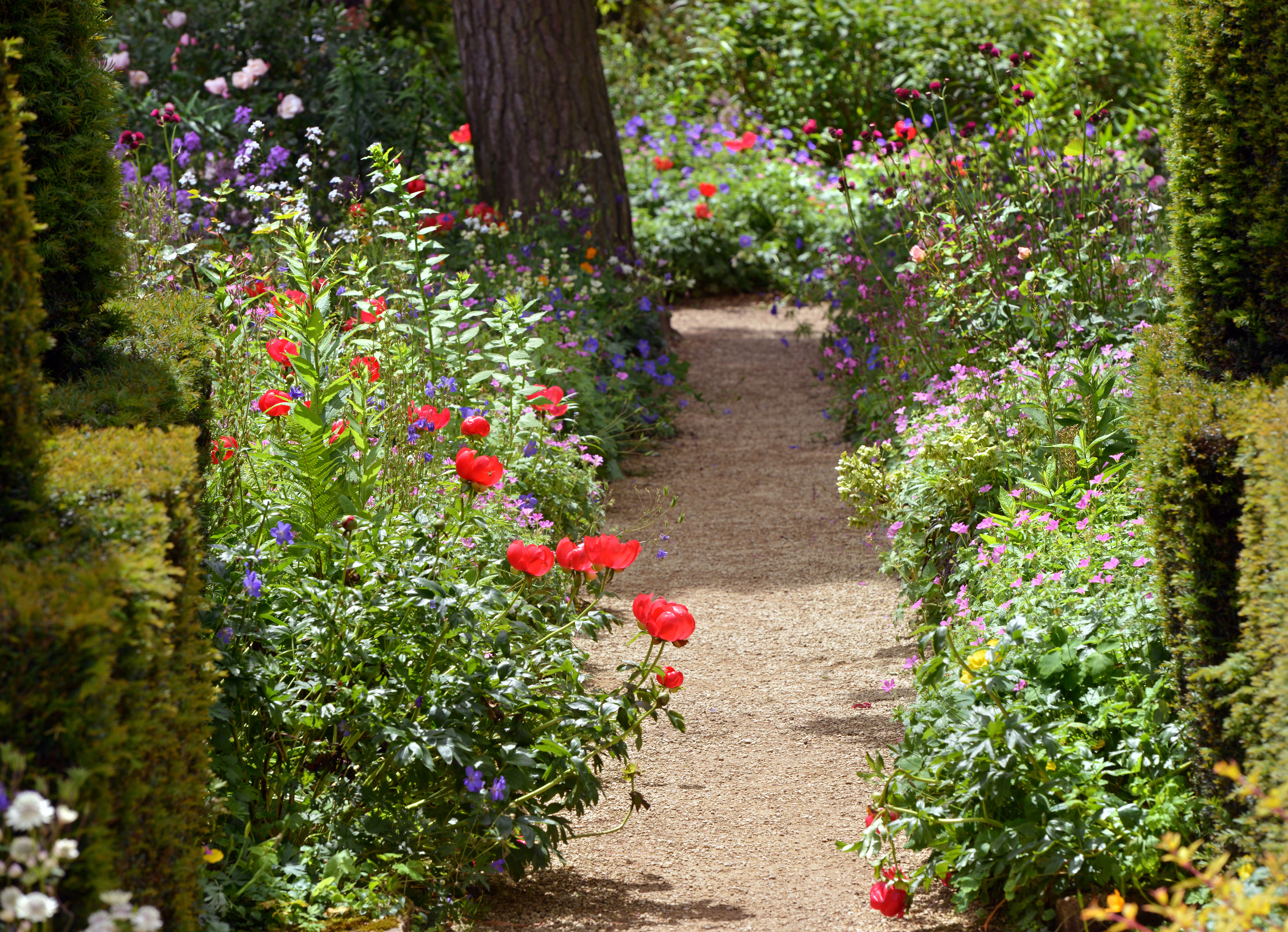
As you may have guessed, fall is actually the best time to divide your perennials. These autumnal months usually allow plants to rest in dormancy, making it the perfect time to gently split them into new plants before winter sets in.
So if you're interested in growing your garden and separating your perennials, now's the time to begin this gardening chore.
Be The First To Know
The Livingetc newsletters are your inside source for what’s shaping interiors now - and what’s next. Discover trend forecasts, smart style ideas, and curated shopping inspiration that brings design to life. Subscribe today and stay ahead of the curve.

Amiya is a Home Wellness Writer at Livingetc. She recently graduated with a Masters Degree in Magazine Journalism from City, University of London, and has lent her words to beauty, fashion, and health sections of lifestyle publications including Harper’s Bazaar and Women’s Health. Her experience as a research analyst has equipped her with an eye for emerging trends. When she’s off the clock, she can be found reading, listening to music, or overanalyzing her latest Co-Star update.
-
 The 'New British' Style? This Victorian London Home Embraces Its Owners' Global Background
The 'New British' Style? This Victorian London Home Embraces Its Owners' Global BackgroundWarm timber details, confident color pops, and an uninterrupted connection to the garden are the hallmarks of this relaxed yet design-forward family home
By Emma J Page
-
 Muji Living Room Ideas — 5 Ways to Harness The Calming Qualities of This Japanese Design Style
Muji Living Room Ideas — 5 Ways to Harness The Calming Qualities of This Japanese Design StyleInspired by Japanese "zen" principles, Muji living rooms are all about cultivating a calming, tranquil space that nourishes the soul
By Lilith Hudson


